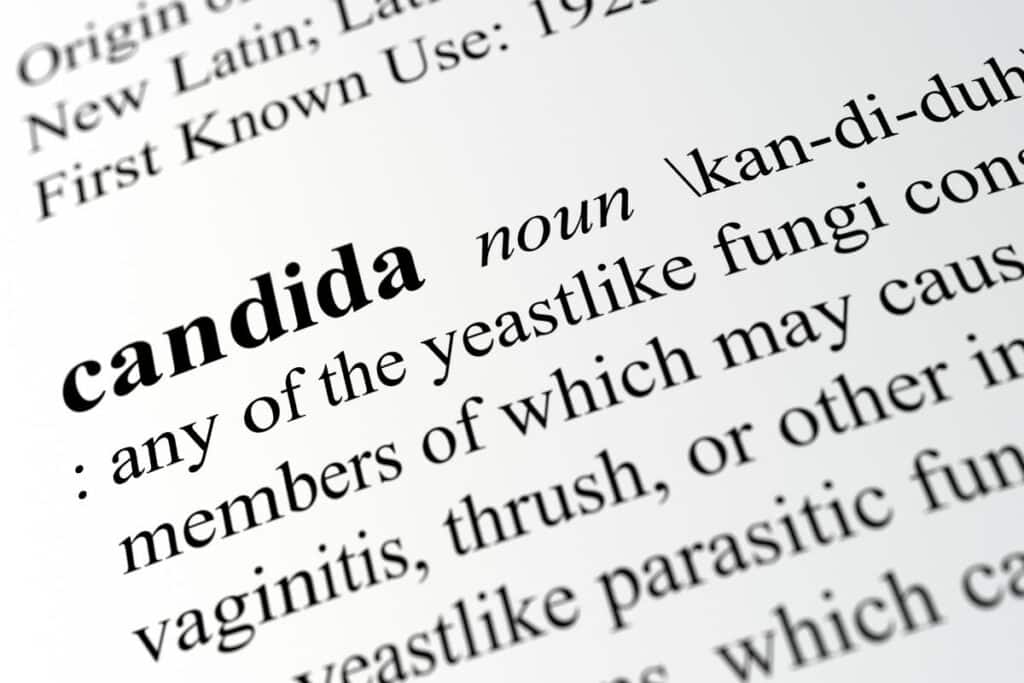Candida, a term that may sound unfamiliar to many, is a naturally occurring yeast that resides within the human body. While it’s usually present in manageable amounts, an overgrowth of Candida can lead to various health issues, affecting everything from appearance and performance in bodybuilding to overall well-being. In this article, we’ll delve into what Candida is, the signs and symptoms of overgrowth, its implications for bodybuilding, and how diet and treatment strategies can play a vital role in managing this condition.
Understanding Candida: The Basics
Candida is a type of yeast in various body parts, including the mouth, intestines, and genital area. In controlled amounts, it doesn’t pose a significant problem. However, factors such as a weakened immune system, high sugar intake, antibiotics, and hormonal imbalances can lead to Candida overgrowth, resulting in a condition known as candidiasis.
Signs and Symptoms of Candida Overgrowth:
Candida overgrowth can manifest in various ways, and the symptoms can range from mild to severe. Common signs include:
- Digestive Issues: Bloating, gas, diarrhea, or constipation.
- Skin Problems: Rashes, itching, or fungal infections like athlete’s foot.
- Fatigue: Feeling tired despite adequate rest.
- Mood Swings: Anxiety, depression, or irritability.
- Brain Fog: Difficulty concentrating or memory issues.
- Yeast Infections: Vaginal, oral, or penile yeast infections.
- Food Cravings: Especially for sugary or processed foods.
Candida and Bodybuilding: Appearance and Performance
Candida overgrowth can have a notable impact on bodybuilding appearance and performance. Excessive yeast in the gut can lead to inflammation and impaired nutrient absorption, affecting muscle recovery and growth. Additionally, inflammation can contribute to a bloated appearance, masking muscle definition. Candida’s influence on nutrient utilization can also hinder energy levels and hinder workout intensity.
Diet and Candida Management: The Crucial Connection
Diet plays a pivotal role in managing Candida overgrowth. Sugar and refined carbohydrates are Candida’s preferred fuel sources, so adopting a low-sugar, anti-inflammatory diet is crucial. Focus on whole, nutrient-dense foods like vegetables, lean proteins, and healthy fats. Incorporating probiotic-rich foods like yogurt, kefir, sauerkraut, and kimchi can help restore a balanced gut microbiome, inhibiting Candida growth.
Treatment Approaches for Candidiasis: Holistic Healing
Addressing Candida’s overgrowth requires a multifaceted approach:
- Dietary Changes: Eliminating sugars, refined carbs, and processed foods while consuming anti-inflammatory, whole foods.
- Probiotics and Supplements: Probiotics can restore gut balance. Supplements like oregano oil, garlic, and caprylic acid may have antifungal properties.
- Lifestyle Modifications: Reducing stress, getting adequate sleep, and managing hormonal imbalances can support Candida’s control.
- Medication: In severe cases, healthcare professionals might prescribe antifungal pills.
Conclusion: Balancing Candida for Optimal Well-Being
If left unchecked, Candida’s overgrowth can undermine bodybuilding goals and overall health and vitality. Individuals can regain control over their gut health and general well-being by recognizing the signs and symptoms and adopting a holistic approach that includes diet, exercise, and stress management.
Consultation with a healthcare professional is essential, especially for those with persistent symptoms or underlying health conditions. Candida management isn’t just about achieving physical aesthetics; it’s a journey toward fostering a balanced and thriving body.
If you love bodybuilding, share this article on Facebook or Twitter so that others can learn more about building muscle.





Thank you for writing this article. I appreciate the subject too.